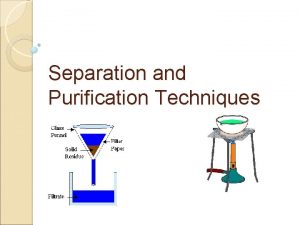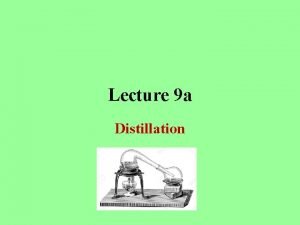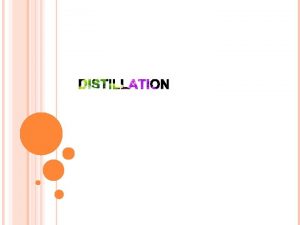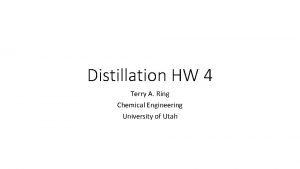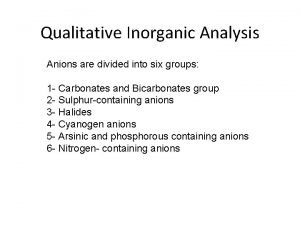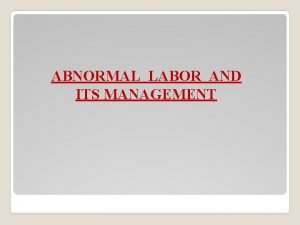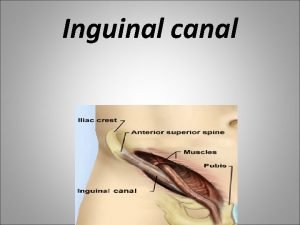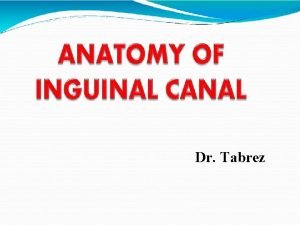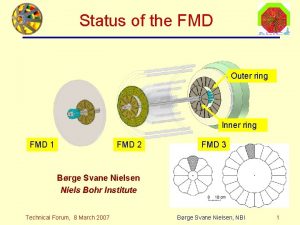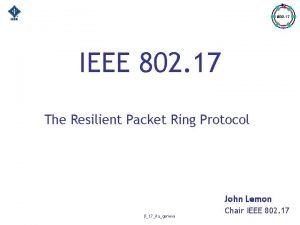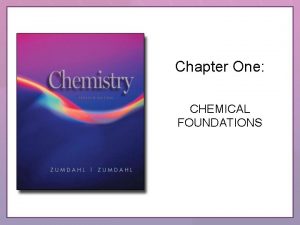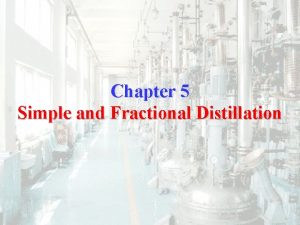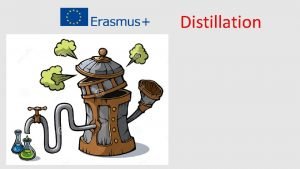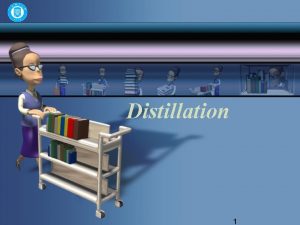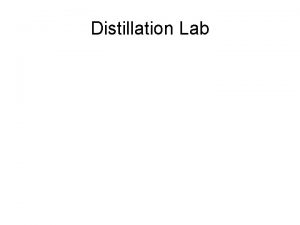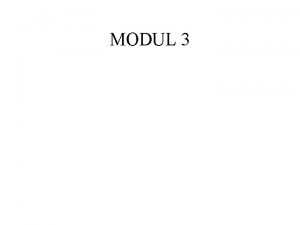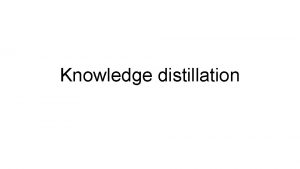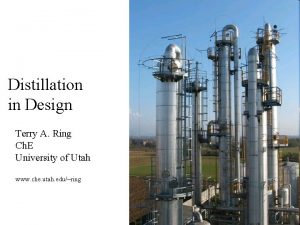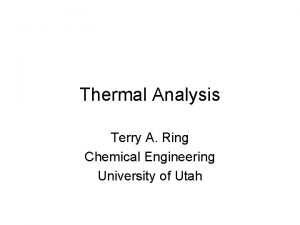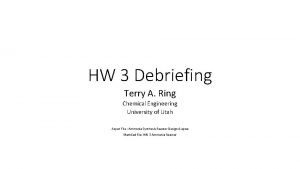Distillation HW 4 Terry A Ring Chemical Engineering













- Slides: 13

Distillation HW 4 Terry A. Ring Chemical Engineering University of Utah

Feed αLK/HK=(y. LK/x. LK)/(y. HK/x. HK)

Difficulty of Separation when α↓ α↑

Problem Statement • Using distillation heuristics 3 (H 3 - remove greatest molar flows early in sequence) and 4 (H 4 - sequence in order of decreasing relative volatilities) determine the most economical sequence in terms of the annual cost of the distillation sequence for this stream assuming a ≥ 98% overall recovery of each component with a mole percentage composition of ≥ 98%.

All Distillation Heuristics • 1 -Remove thermally unstable, corrosive, or chemically reactive components early in the sequence. • 2 -Remove final products one by one as distillates (implies direct Sequence) • 3 -Sequence separation points to remove, early in the sequence, those components with greatest molar % in the feed. • 4 -Sequence separation points in the order of decreasing relative volatility so that the most difficult splits are made in the absence of the other components • 5 -Sequence separation points to leave to last those separations that give the highest-purity products • 6 -Sequence separation points that favor near equimolar amounts of distillate and bottoms in each column.

Column Sequences • No. of Columns • Nc=P-1 P=5, Nc=4 • P= No. of Products • No. of Possible Column Sequences • Ns=[2(P-1)]!/[P!(P-1)!] • • • P= No. of Products P=3, Nc=2, Ns=2 P=4, Nc=3, Ns=5 P=5, Nc=4, Ns=14 P=6, Nc=5, Ns=42 P=7, Nc=6, Ns=132 No. of Possible Column Sequences Blows up!

P = 4, Nc=3, Ns=5 Example • A/BCD, B/CD, C/D Direct • A/BCD, BC/D, B/C • AB/CD, A/B , C/D • ABC/D, A/BC, B/C • ABC/D, AB/C, A/B Indirect

Possible Distillation Sequences • How do I determine which sequence is the most cost effective? ? ?

Marginal Vapor Rate • Marginal Annualized Cost~ Marginal Vapor Rate • Marginal Annualized Cost proportional to • • • Reboiler Duty (Operating Cost) Reboiler Area (Capital Cost) Condenser Duty (Operating Cost) Condenser Area (Capital Cost) Diameter of Column (Capital Cost) • Vapor Rate is proportional to all of the above

Selecting Multiple Column Separation Trains • Minimum Cost for Separation Train will occur when you have a Minimum of Total Vapor Flow Rate for all columns • Ri = 1. 2 Rmin • Vi=Di(Ri+1) • Vi= Vapor Flow Rate in a column • Di= Distillate Flow Rate • Ri =Recycle Ratio • Vtot=∑Vi • We may identify D as the desired distillate flow rate from the feed • Where do we get R or Rmin? ?

Rmin or R from Aspen/DSTWU

Feed αLK/HK=(y. LK/x. LK)/(y. HK/x. HK) (H 3 - remove greatest molar flows early in sequence) and (H 4 - sequence in order of decreasing relative volatilities) H-4 1 -A/BCDE 2 -BC/DE 3 -B/C 4 -D/E H-3 1 -ABCD/E 2 -ABC/D 3 -AB/C 4 -A/B INDIRECT H-3 1 -ABCD/E 2 -AB/CD 3 -A/B 4 -C/D H-3 1 -AB/CDE 2 -C/DE 3 -A/B 4 -D/E

Feed αLK/HK=(y. LK/x. LK)/(y. HK/x. HK) (H 3 - remove greatest molar flows early in sequence) and (H 4 - sequence in order of decreasing relative volatilities) H-4 1 -A/BCDE 2 -BC/DE 3 -B/C 4 -D/E H-3 1 -ABCD/E 2 -ABC/D 3 -AB/C 4 -A/B INDIRECT H-3 1 -ABCD/E 2 -AB/CD 3 -A/B 4 -C/D H-3 1 -AB/CDE 2 -C/DE 3 -A/B 4 -D/E
 Fractional distillation vs simple distillation
Fractional distillation vs simple distillation Toluene distillation under vacuum temperature
Toluene distillation under vacuum temperature Distillation vs steam distillation
Distillation vs steam distillation Chemical engineering ring
Chemical engineering ring Analysis of anions
Analysis of anions Constriction ring uterus
Constriction ring uterus Hasselbach's triangle
Hasselbach's triangle Inguinal canal
Inguinal canal Ring christmas bells ding dong
Ring christmas bells ding dong Wise men gifts
Wise men gifts Inner ring and outer ring
Inner ring and outer ring Token ring and resilient packet ring
Token ring and resilient packet ring Chemical distillation apparatus
Chemical distillation apparatus Section 2 reinforcement classifying chemical reactions
Section 2 reinforcement classifying chemical reactions
